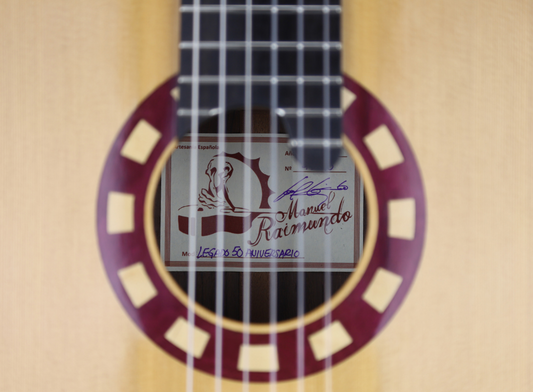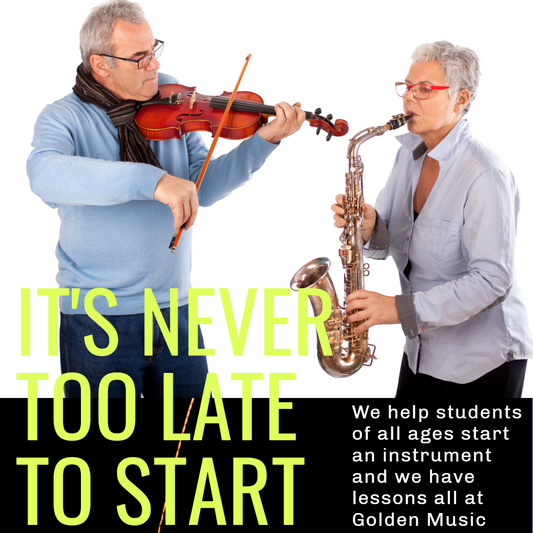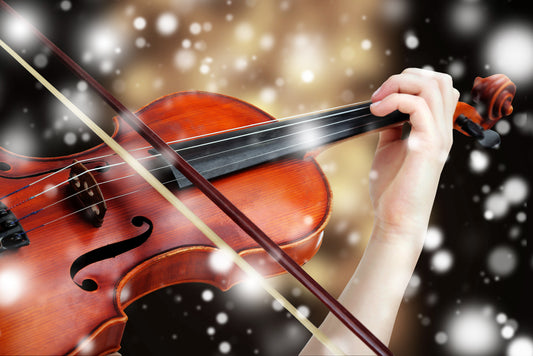Music Music Music

Golden Music Announces the Raimundo Guitar Series
In 1968, Manuel Raimundo started his own Spanish guitar workshop. His instruments became known throughout Spain and by 1974 began offering his guitars internationally. By 1980, Raimundo had grown to 20...
Golden Music Announces the Raimundo Guitar Series
In 1968, Manuel Raimundo started his own Spanish guitar workshop. His instruments became known throughout Spain and by 1974 began offering his guitars internationally. By 1980, Raimundo had grown to 20...

Zen Masters, Famous Guitarists, and You
And now breathe in this thought as if for the first time . . . I am great . . . Just let that thought swim around in your head....
Zen Masters, Famous Guitarists, and You
And now breathe in this thought as if for the first time . . . I am great . . . Just let that thought swim around in your head....

Zen and the Art of Classical Guitar
n a world that isn’t going to slow down, do something special for yourself and learn how to play classical guitar. Here is a perspective on this beautiful instrument.The classical...
Zen and the Art of Classical Guitar
n a world that isn’t going to slow down, do something special for yourself and learn how to play classical guitar. Here is a perspective on this beautiful instrument.The classical...

Woodwinds - What Are They?
Woodwind instruments are a family of musical instruments within the more general category of wind instruments. Common examples include flute, clarinet, oboe, saxophone, and bassoon. There are two main types of woodwind instruments: flutes and...
Woodwinds - What Are They?
Woodwind instruments are a family of musical instruments within the more general category of wind instruments. Common examples include flute, clarinet, oboe, saxophone, and bassoon. There are two main types of woodwind instruments: flutes and...

Put A Little Music In Your Heart
What is it about music that touches our soul, evokes emotions from happiness to sadness, gets us toe-tapping and exhilarated? These rewards especially come when you play an instrument and...
Put A Little Music In Your Heart
What is it about music that touches our soul, evokes emotions from happiness to sadness, gets us toe-tapping and exhilarated? These rewards especially come when you play an instrument and...

Is Your Wooden Musical Instrument Prepared for ...
How can a dip in temperature cause damage to your wood instrument? Wood is a material that expands while in hot temperatures and high humidity and shrinks in cold temperatures...
Is Your Wooden Musical Instrument Prepared for ...
How can a dip in temperature cause damage to your wood instrument? Wood is a material that expands while in hot temperatures and high humidity and shrinks in cold temperatures...
